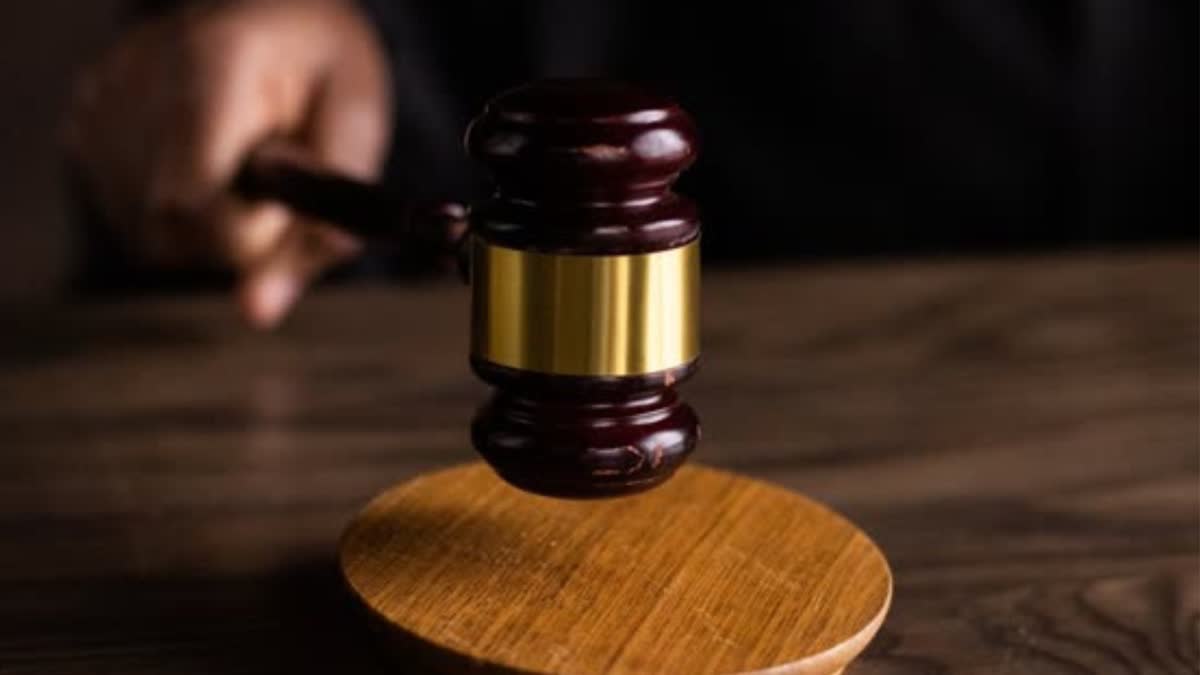New Delhi:Supreme Court judge Justice Sudhanshu Dhulia on Tuesday said the inequality in income and wealth and the growing gap between the rich and the poor is still enormous and it will therefore not be prudent to abandon the principles on which Articles 38 and 39 are based, while disagreeing with a majority view that not all privately owned resources are “material resources of the community".
Justice Dhulia, who authored a separate judgment, said the broad and inclusive meaning given to the expression “material resources of the community” by Justice Krishna Iyer and Justice O. Chinnappa Reddy in Ranganatha Reddy and Sanjeev Coke respectively has stood us in good stead and has lost none of its relevance, or jurisprudential value, nor has it lost the audience which appreciates these values.
He said perhaps in some ways situations have changed, but what has not changed, however, is the inequality. “There is today a political equality and there is also an equality in law, yet the social and economic inequalities continue as cautioned by Dr. Ambedkar in his speech in the constituent Assembly on November 25, 1949”, he said.
“The inequality in income and wealth and the growing gap between the rich and the poor is still enormous. It will therefore not be prudent to abandon the principles on which Articles 38 and 39 are based and on which stands the three judge opinion in Ranganatha Reddy and the unanimous verdict in Sanjeev Coke”, he said.
He said the incorporation of Article 38 as well as Article 39(b) and (c) in Part IV of our Constitution was based on the prevalent philosophy of the time and the path of development India chose to follow. “The interpretation given to the above provisions by this Court, particularly in Ranganatha Reddy and Sanjeev Coke also has its contextual relevance”, he added.
He said to put it differently, what and when do the “privately owned resources” come within the definition of “material resources” is not for this court to declare and added, “this is not required”. “The key factor is whether such resources would subserve the common good. Clearly the acquisition, ownership or even control of every privately owned resource will not subserve common good. Yet at this stage we cannot come out with a catalogue of do’s and don’ts. We must leave this exercise to the wisdom of the legislatures”, said Justice Dhulia.
He said that how to control and distribute a material resource is also the task of the legislature, but while doing so what has to be seen is that the control and ownership of the material resource be so distributed that it subserves the common good of the community.
Justice Dhulia said although in absolute terms poverty may have decreased, as some reports indicate and, possibly, the lowest strata of our society in economic terms may be better off than what it was 50 years earlier. “But this would not mean that the inequality in our society too has decreased, or the gap between the rich and the poor has narrowed down. There are conflicting reports on inequality and poverty”, he said.
He examined the question whether private properties or privately owned resources are included in the phrase “material resources of the community”, given in Article 39(b). He said there should be no confusion that the expression “material resources of the community” used in Article 39(b) includes privately owned resources, and this has been the consistent view of this court.
“It is only when we include privately owned resources, as a part of the “material resources of the community” that the purpose of Articles 38 and 39 is fully realised. It is only then that the socialist and democratic principles incorporated in our Constitution get their true meaning”, he said.
